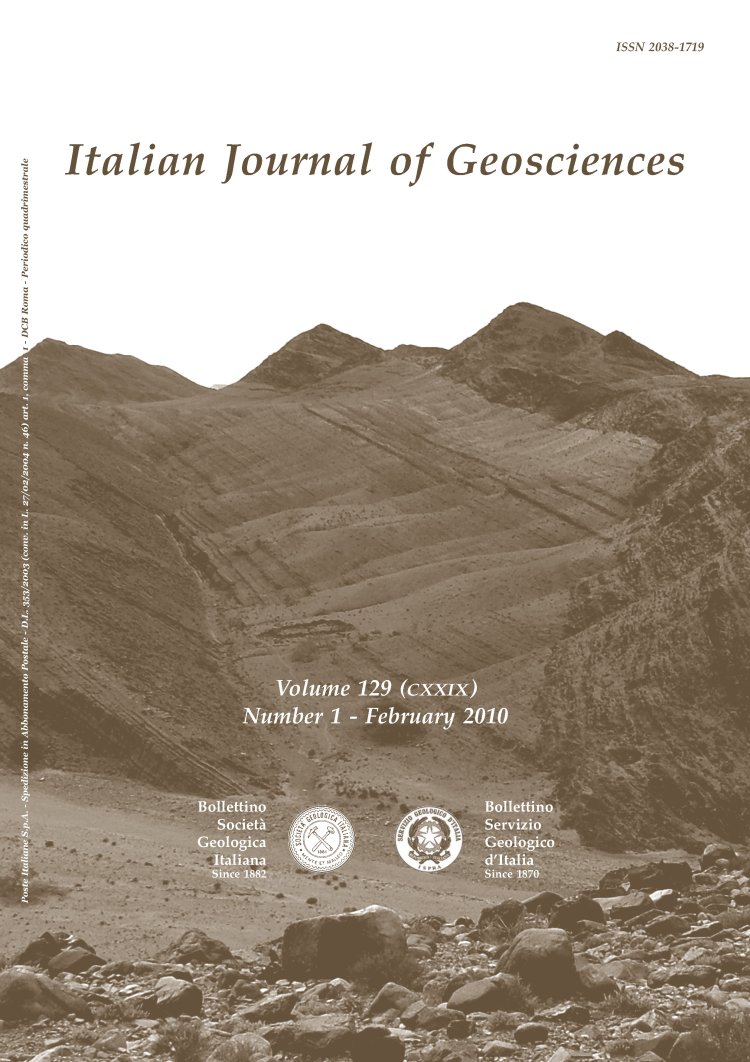
Subterraniphyllum and free-living Neogoniolithon (coralline algae) from the Oligocene reef facies of Costa d'Ovada (Tertiary Piedmont Basin, Alessandria, NW Italy)
Grazia Vannucci(*), Massimiliano Testa(**), Michele Piazza(*) & Paolo Pastorino(***)
(*) Dipartimento per lo Studio del Territorio e delle sue Risorse - Università degli Studi di Genova, Corso Europa, 26 - I-16132 Genova, Italy; tel. +390103538262, fax +39010352169, e-mail: vannucci@dipteris.unige.it
(**) Via G.B. D'Albertis, 17/4 - I-16143 Genova, Italy; e-mail: massimiliano.testa@almageo.it
(***) Via Villa Superiore, 46 - I-15060 Silvano d'Orba (AL), Italy; e-mail: pastorino.p@libero.it
Volume: 129 (2010) f.1
Pages: 4-14
Abstract
The present study examines the siliciclastic sediments and reef limestone of the Oligocene transgressive event of the Tertiary Piedmont Basin outcropping in the area of Costa d'Ovada (Alessandria, Southern Piedmont, NW Italy). Seven lithostratigraphic sections have been studied. On the basis of the lithostratigraphic evidence, sedimentary architectures and structures, and paleontological data a paleoenvironmental reconstruction is suggested. The reef of Costa d'Ovada rests on siliciclastic marine sediments and was buried by siliciclastic sandy and/or gravely shallow marine deposits. This reef was built in warm tropical or subtropical, clear and very shallow waters, on sandy gravely, moderately exposed bottoms. It might be interpreted as a patch reef developed close to the coastline. In the depicted paleoenvironmental frame, an unusual, for the Tertiary Piedmont Basin, Neogoniolithon-dominated coralline algae association is described and interpreted. This association is characterised by the common occurrence of freeliving thalli of Neogoniolithon raripunctatum and intergenicula of Subterraniphyllum thomasii. Finally, the paleoecological meaning of these species is discussed.
Keywords
Coralline algae, Neogoniolithon, Subterraniphyllum,
Reef facies, Palaeoecology, Lithostratigraphy,
Tertiary Piedmont Basin, Oligocene.
Get Full Text